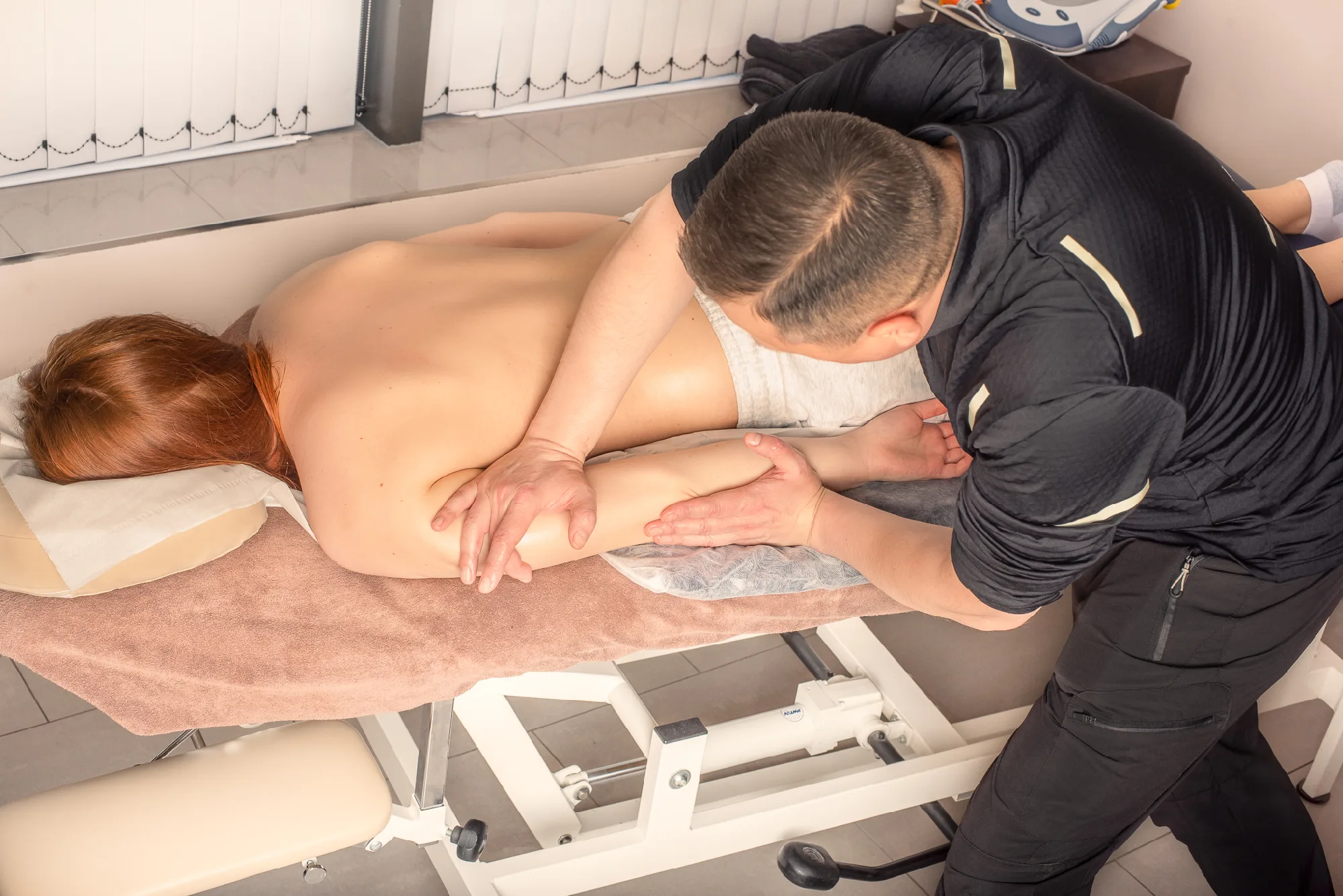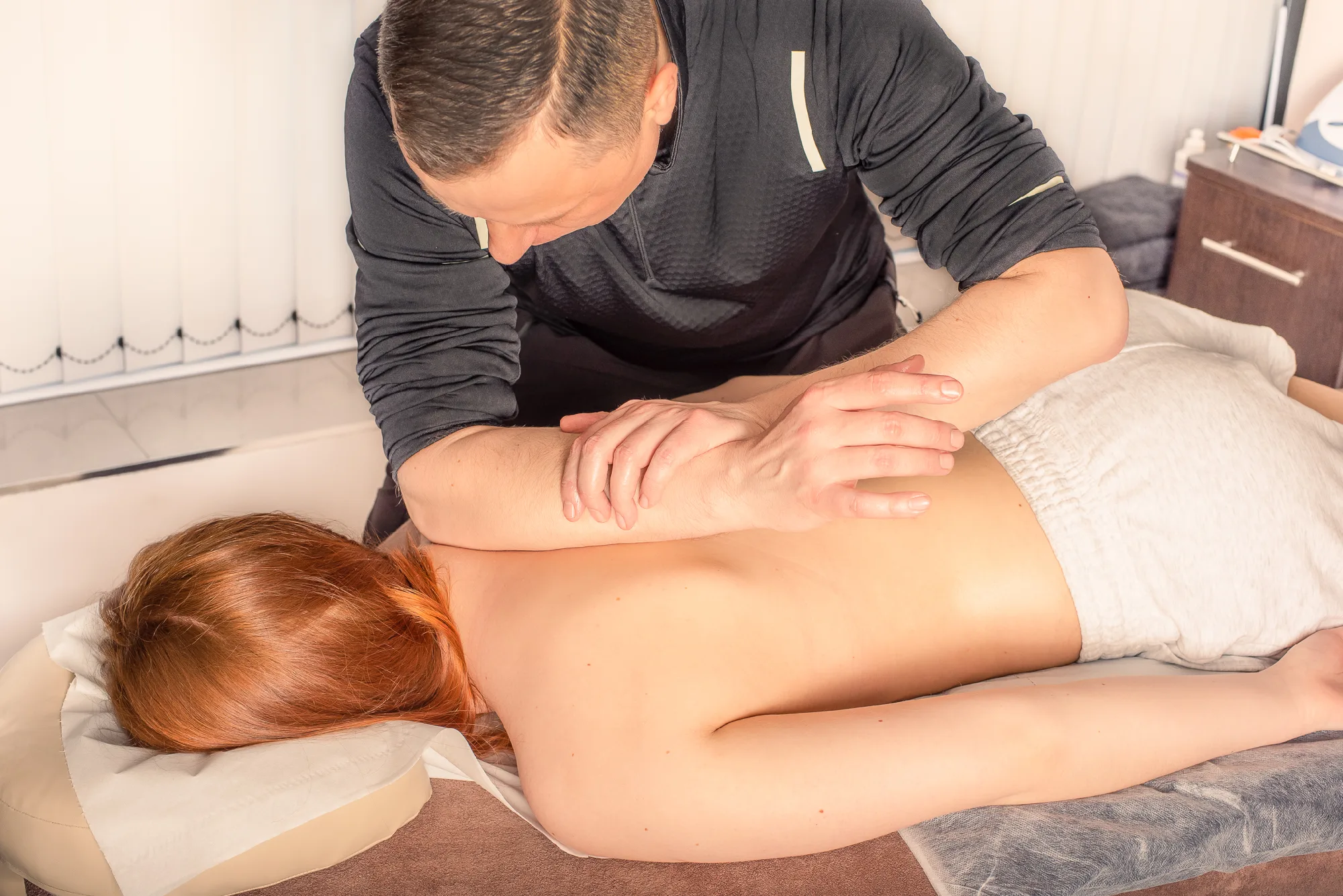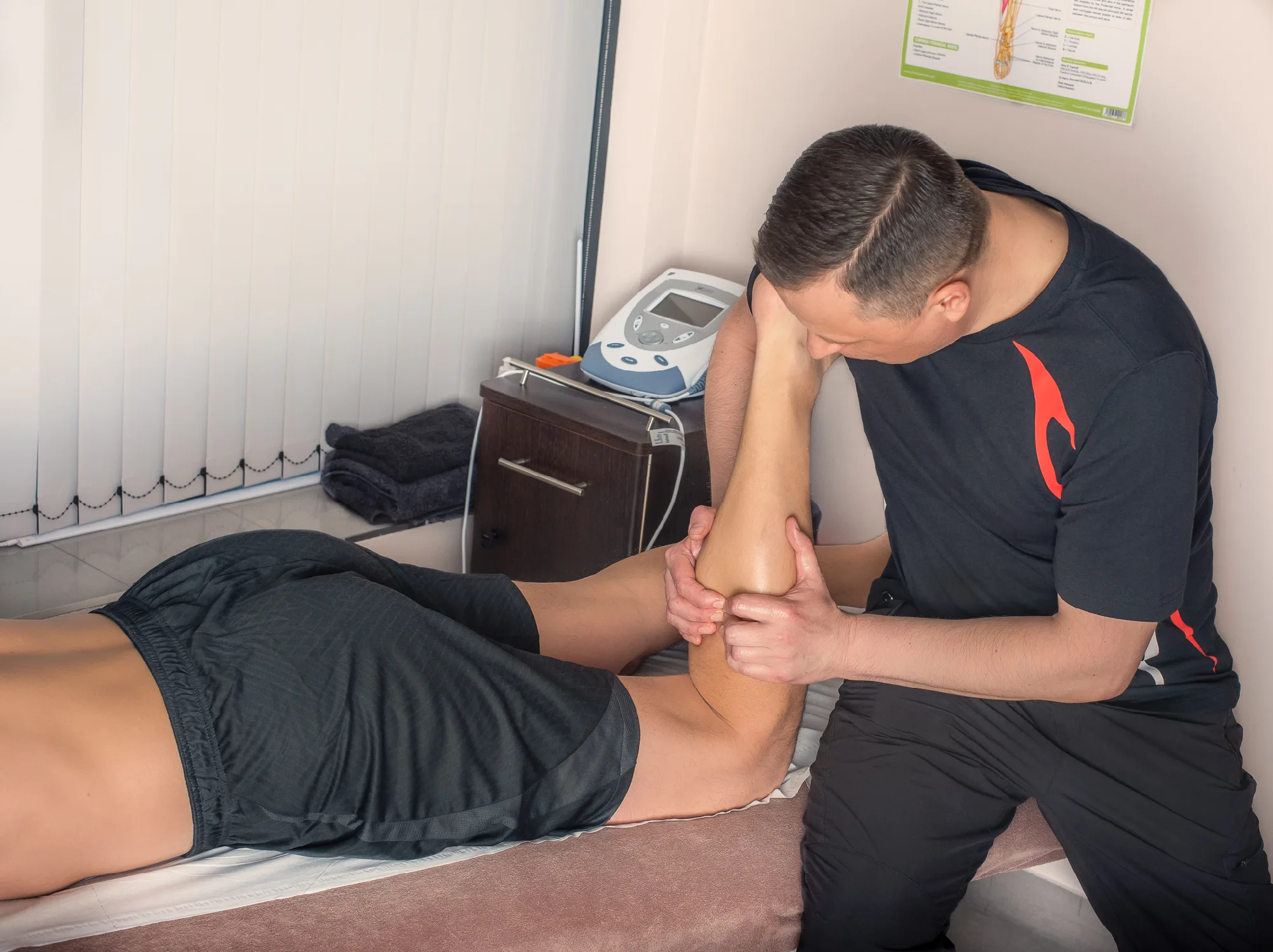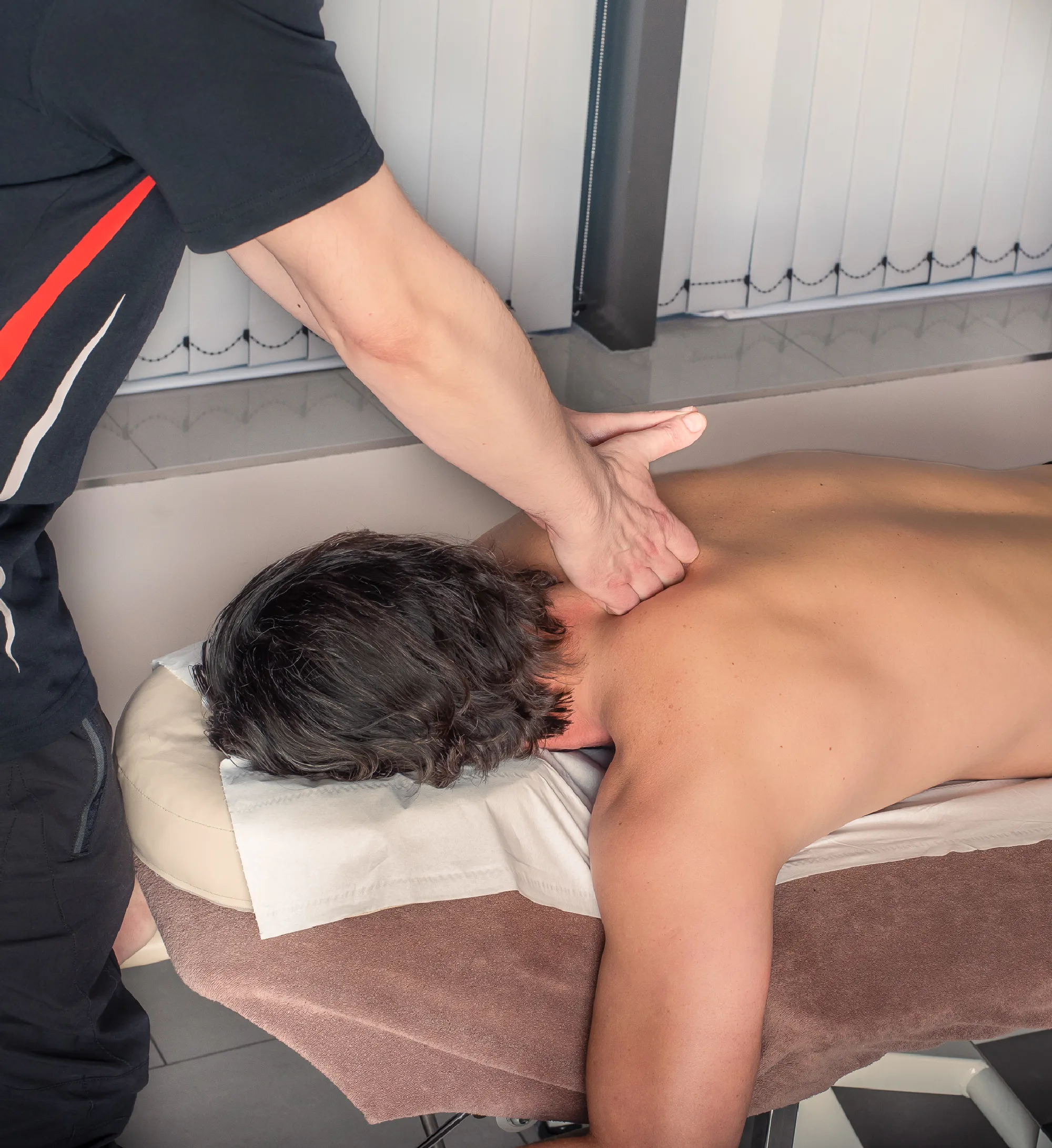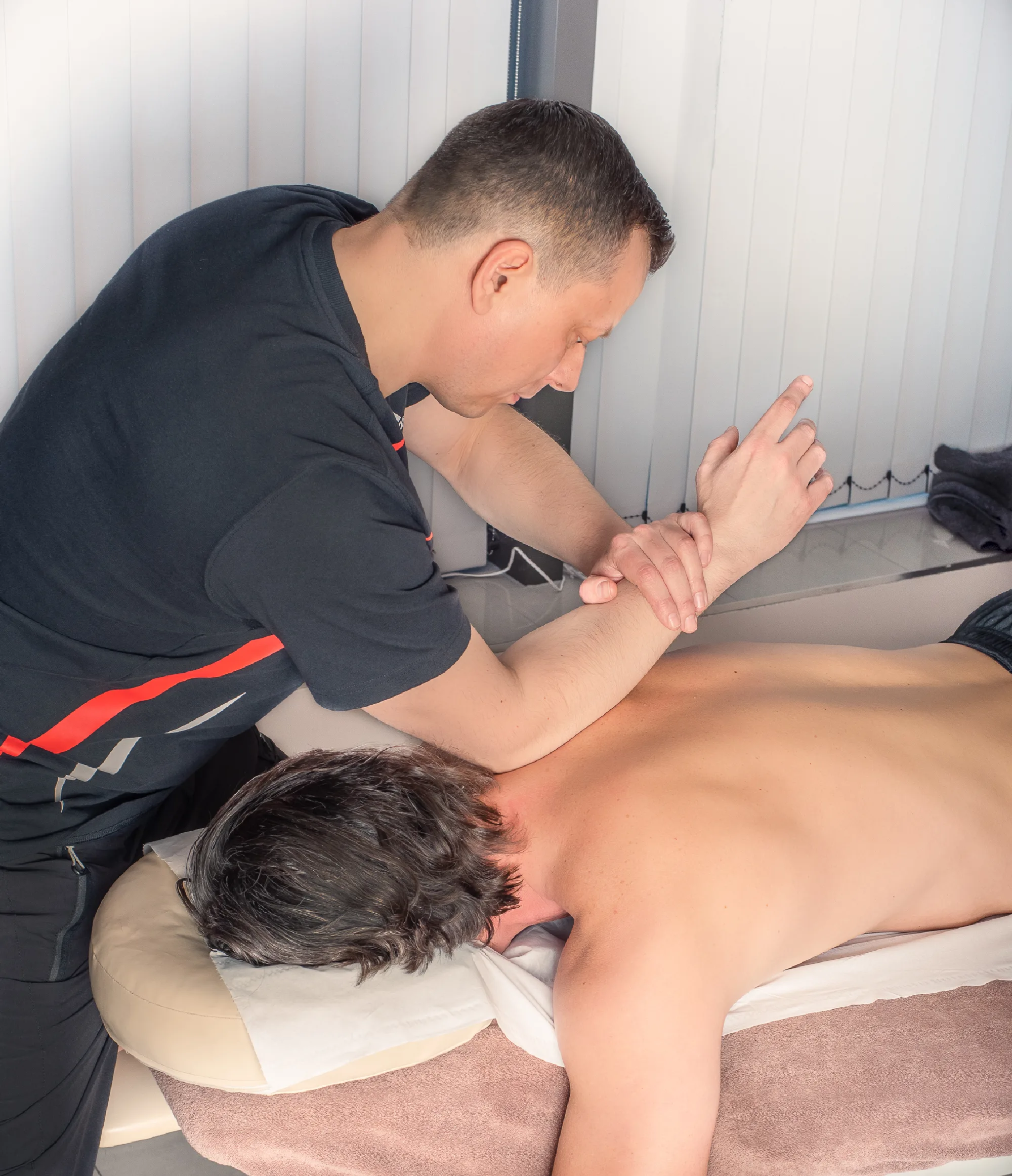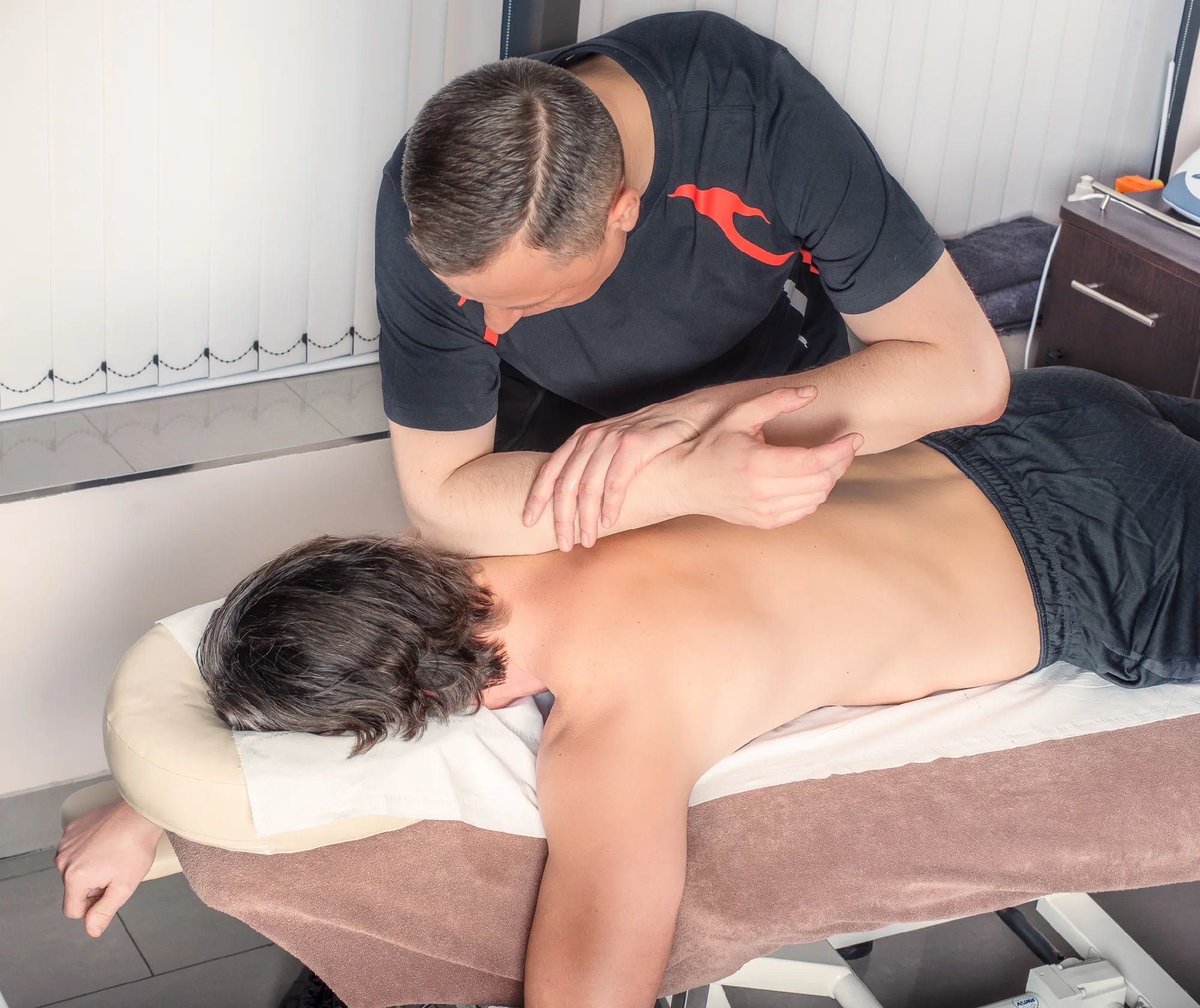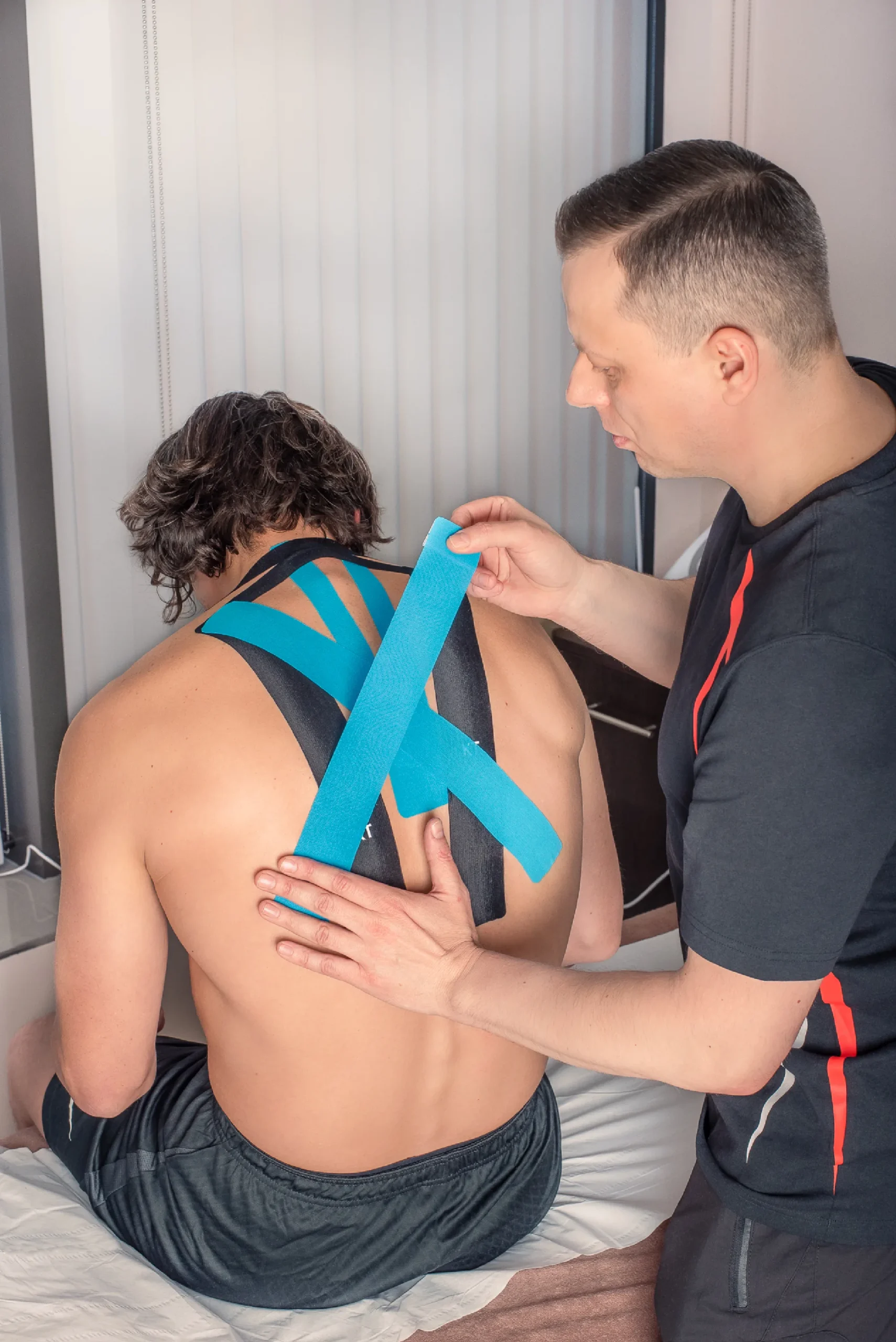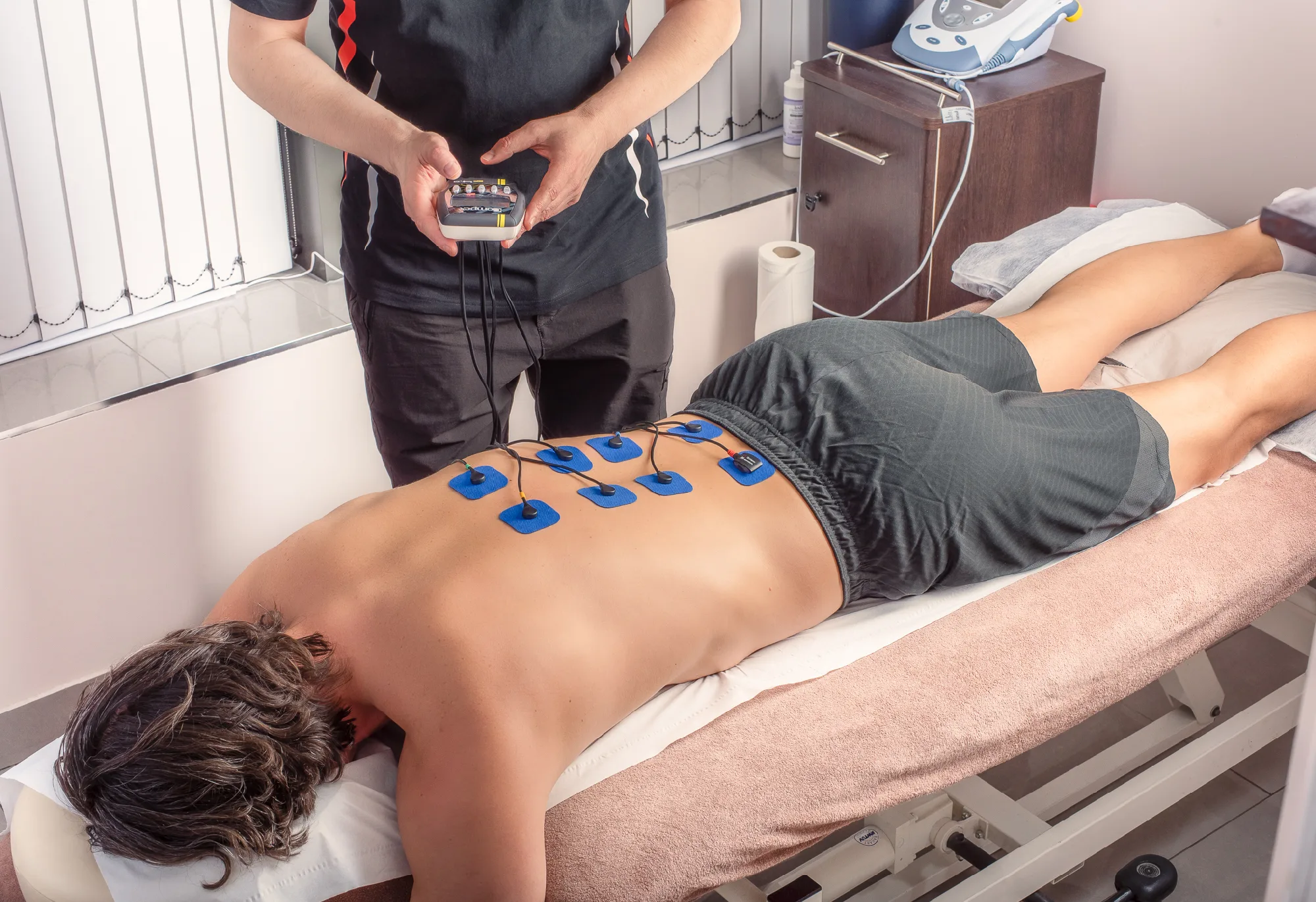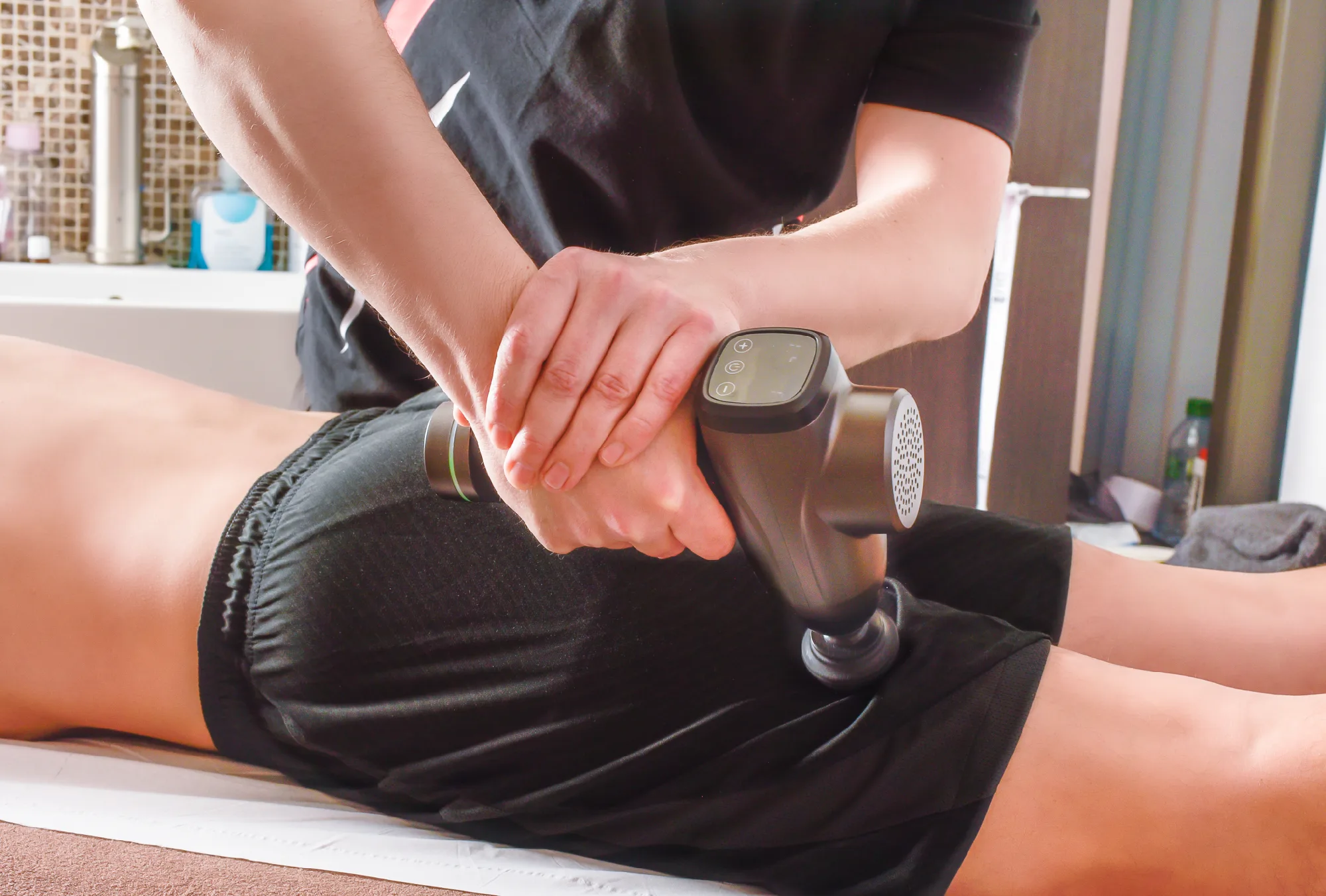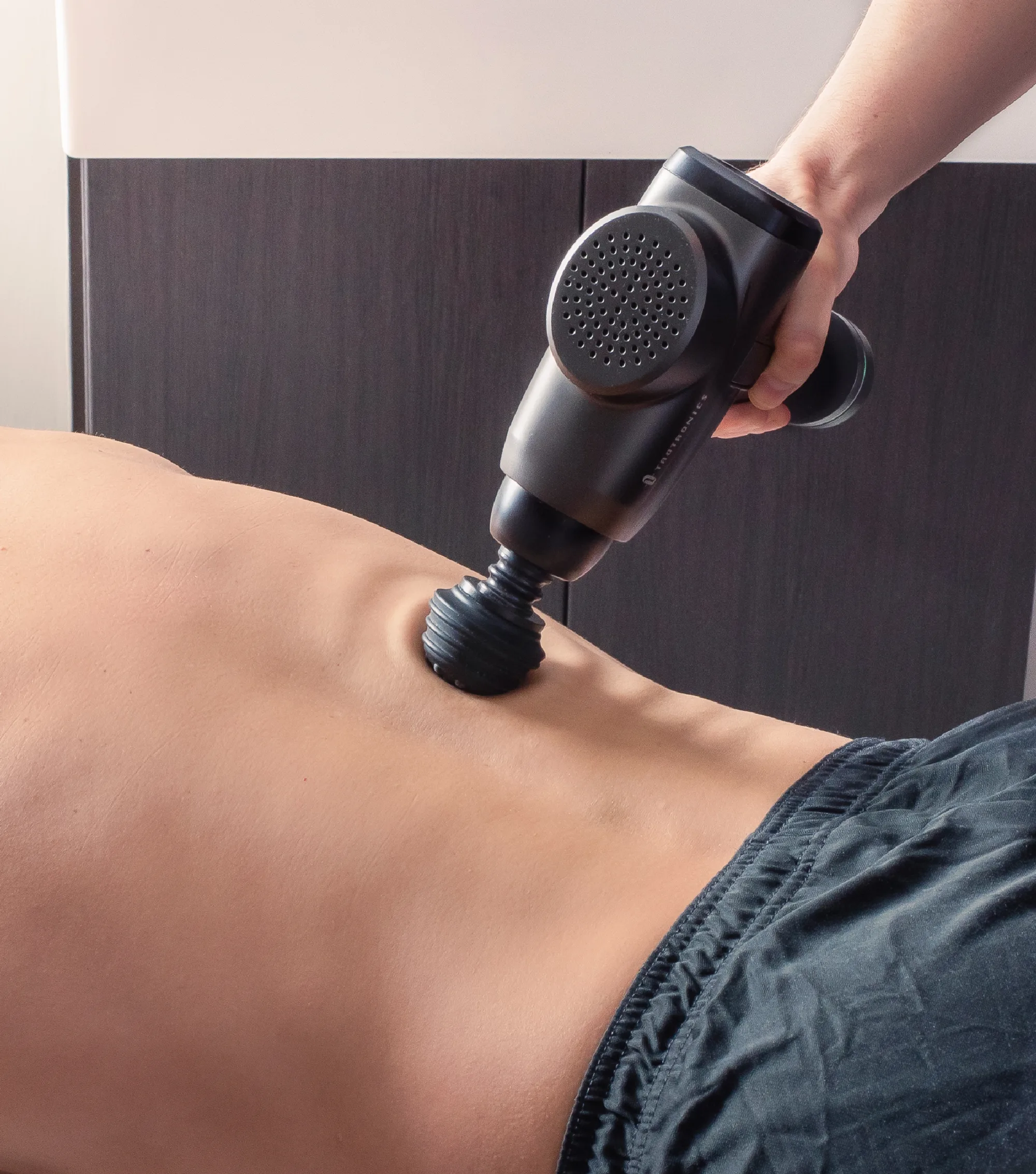Therapeutic ultrasound
Ultrasound is a form of mechanical energy, and therefore, strictly speaking, not really electrotherapy at all, but does fall into the electro physical agents grouping.
Therapeutic ultrasound is a treatment with longitudinal mechanical waves (acoustic wave energy) in the frequency range of 0.75-3 MHz. The therapeutic effects of ultrasound are generally divided into thermal and non-thermal. The thermal effect of ultrasound occurs when the tissues are heated. The non-thermal effect of ultrasound is primarily associated with a combination of cavitation and acoustic flow. Cavitation is associated with the formation of gas-filled voids in tissues and body fluids. Acoustic flow is described as a small-scale vortex of a liquid near a vibrating structure, such as the surface of a cell membrane and the surface of a stable cavitation gas bubble. This phenomenon is known to affect the diffusion rate and membrane permeability. Due to the combined effect of stable cavitation and acoustic flow, the cell membrane becomes “excited”, thus increasing the level of activity of the whole cell. Ultrasound energy acts as the cause of this process and is actually responsible for the therapeutic benefits of this method due to the increased cellular activity.
Therapeutic ultrasound promotes tissue regeneration, reduces the sensitivity of the affected area, pain, swelling, inflammation, muscle spasms, increases the elasticity of muscle fibers, scars, improves local blood circulation, metabolism, capillary conduction.
Therapeutic ultrasound is used for degenerative joint diseases (rheumatoid arthritis, osteoarthritis, etc.), in the presence of delayed union after fracture, for scars, contractures, acute and subacute trauma and inflammation, ligament sprains and inflammation, back pain, radiculopathy, heel pain.
Therapeutic ultrasound is also given after gynecological, orthopedic and other operations, promoting scar healing, relieving the local inflammatory process.


